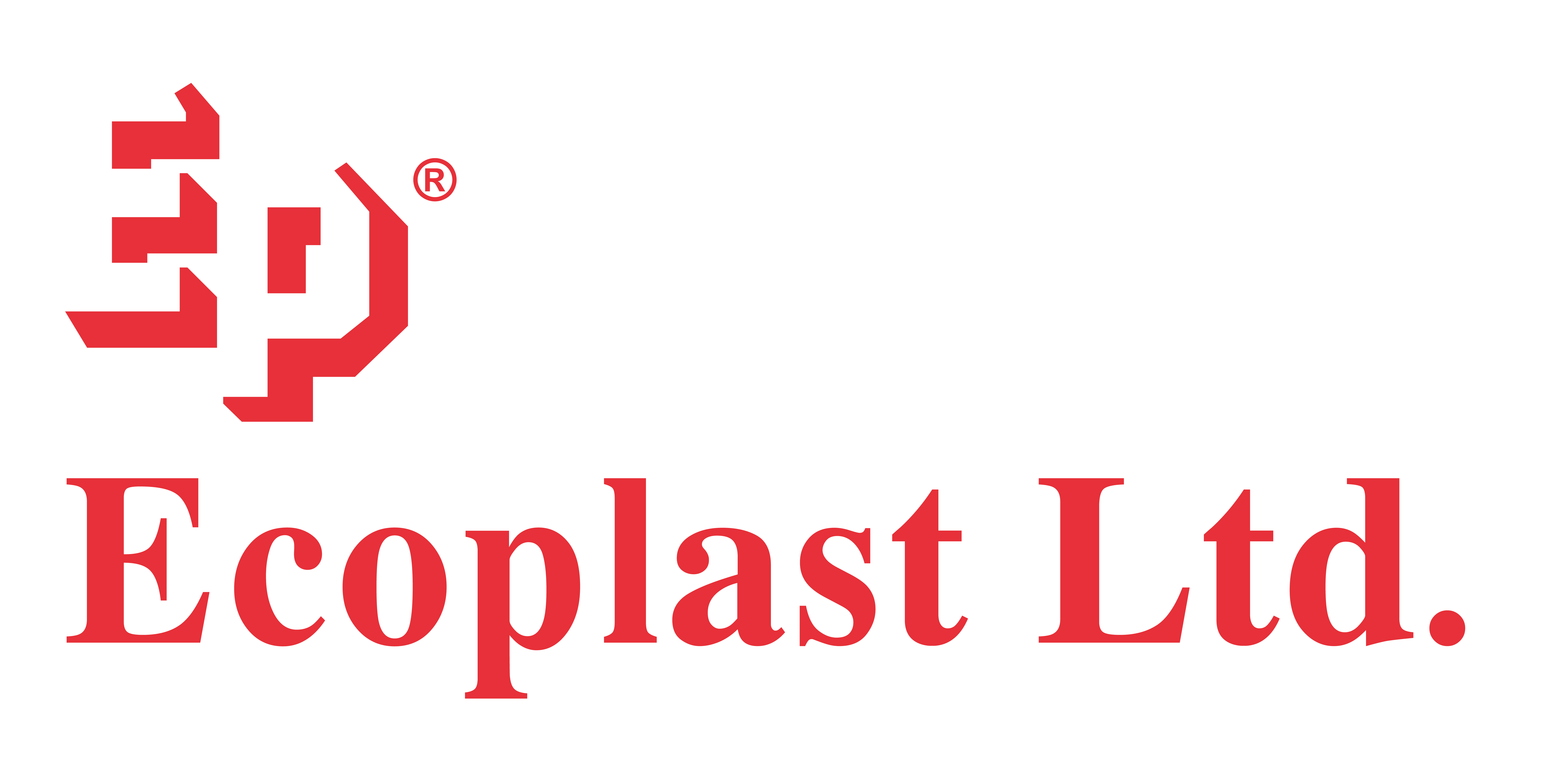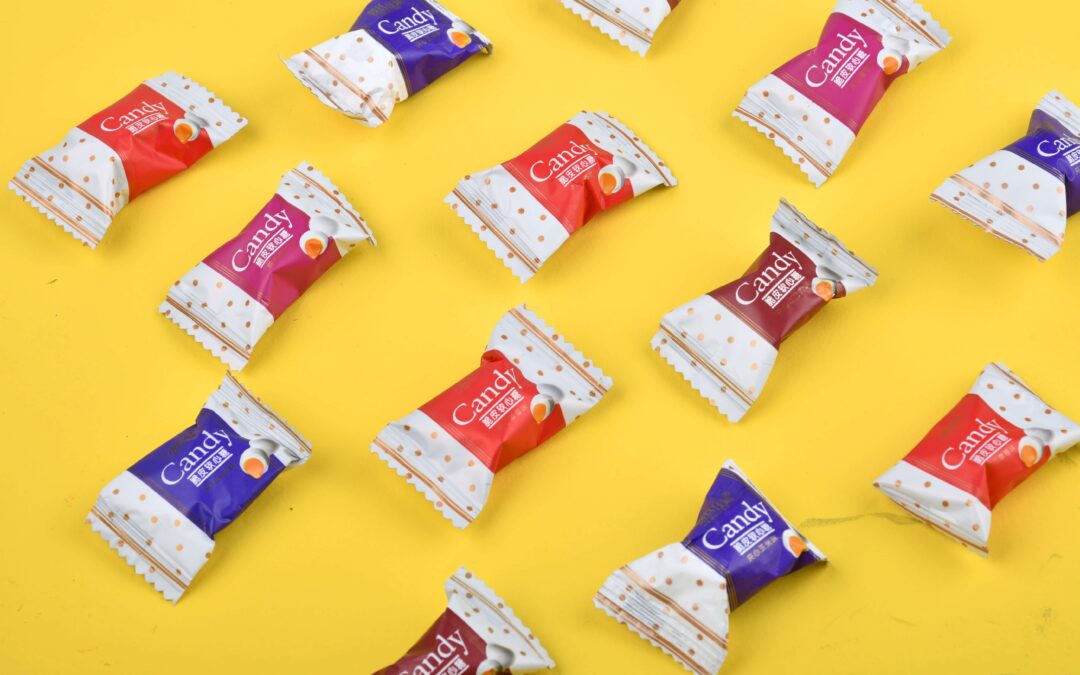Know Your Options: Explore Flexible Packaging Film Types
India is a fast-developing country that is home to many industrial revolutions; each one brings us a few steps closer to a convenient tomorrow. The packaging industry is one of the best examples of this phenomenon. With the introduction and the inevitable success of flexible packaging, the industry is reaching new heights. Now that the e-commerce industry is soaring high, the scope for the flexible packaging industry looks quite promising.
According to the Indian Institute of Packaging (IIP), packaging consumption in India increased 200% in the past decade, from 4.3 kgs to 8.6 kgs per person per annum (pppa). The industry is expected to reach US$ 204.81 billion by 2025 from US$ 50.5 billion in 2019 at 26.7% annually.
For those who are new to the sector, let’s start with the basics – what is flexible packaging? As the name suggests, flexible packaging involves any package made of materials that can yield when filled or closed. It can be easily modified in terms of shape, as and when required. This kind of packaging is used for consumer products, as well as in industrial applications. Common examples include bags, pouches, shrink films, tubes, sleeves, and carded packaging.
One of the fascinating things about flexible packaging is the impressive range of choices readily available. Each type of flexible packaging material serves a very specific purpose when it comes to protecting or enhancing the appeal of different products. The varied types also have different properties, and their use depends on the nature of the product that needs packaging. Let’s take a closer look at the different types of films:
Primary Flexible Packaging Film Types
1. Linear Low-density Polyethylene (LLDPE):
Being the most flexible of plastic sheeting films, LLDPE has earned the first spot on the list. With an impressive potential to absorb impact without puncturing or tearing, it is essentially an evolved form of LDPE. Apart from flexibility, these films are also best known for their durability and their chemical resistance properties.
The most common examples are plastic bags, plastic wraps, pouches, toys, covers, lids, pipes, buckets and containers, and. In addition, they are also widely used for pond liners and backing for carpets, and in the covering of cables, geomembranes, and mainly flexible tubing.
2. Low-density Polythene (LDPE):
First introduced as a packaging film in 1933, LDPE is an incredibly flexible and lightweight plastic material. In its true sense, it is a thermoplastic made from the monomer ethylene. These films are best known for their low temperature flexibility, durability, corrosion resistance, chemical and impact resistance.
Moreover, they are quite easy to fabricate by using a high-pressure process via free radical polymerization. They are the most sought-after in the food packaging industry because they ensure compliance with food safety standards, and are recyclable. LDPE is also used to manufacture lids for canned products, grocery bags, and plastic wraps and films. It also works well for processing techniques such as extrusion, blowing or injection.
3. Bi-axially-orientated Polypropylene Polymer (BOPP):
These films exhibit unquestionable durability and resistance to moisture, along with the added benefit of clarity, making it the ideal choice when it comes to retail packaging. BOPP is usually complemented with a layer of foil coating. This helps improve its performance significantly.
Today, BOPP films are innovative solutions that are mostly commonly used to manufacture clear wraps and a range of snack food packages. Some other common uses include packaging for pesticide products and personal care and hygiene products. Being easily recyclable, these films help companies stay true to the sustainability commitments made to consumers.
4. Bi-axially-oriented Polyethylene (BOPE):
BOPE is the ideal solution when it comes to the packaging of products that require a high degree of stiffness. Some of the best features of these films are good puncture resistance, excellent heat-seal strength, durability, moisture-resistance, along with the added benefit of transparency and high gloss and. Production of these films is relatively low cost.
Today, BOPE films are innovative solutions that are often used for items such as shopping bags, pharmaceutical packaging, as well as for liquids and spices. Being recyclable, these films help companies stay true to the sustainability commitments made to consumers. What’s more, despite the long list of advantages, these films are inexpensive.
5. Biaxially-oriented Polyethylene Terephthalate (BOPET):
BOPET films, usually either white or transparent, were first developed in the mid-1950s. They are made from stretched polyethylene terephthalate (PET). They are popular for their transparency, reflectivity, high tensile strength, chemical and dimensional stability, gas and aroma barrier properties, and electrical insulation.
It is also widely used as a surface film in laminations. When you laminate any product packaging using BOPET foil, it helps protect food against oxidation, meaning that the food products do not lose their true aromas and flavor, and can maintain a longer shelf life. One of the most common are coffee foil packaging and pouches for convenience foods. A fun example would be the new-age Pop-Tarts wrapped in silver BOPET.
6. Biaxially-oriented Polyamide (BOPA):
Much like BOPET, BOPA is also known for excellent tensile strength, durability, aroma barrier and puncture-resistance properties. But, of all, its most esteemed feature is its high degree of transparency. It is a good barrier against oxygen and certain chemical substances as well.
These films are an ideal choice for the packaging of frozen and cooked foods, vegetables, aquatic products and medical machines, electronic products, etc. In addition, it is also suitable for agricultural and some medical products.
7. Laminates:
Laminated film for food packaging is almost an everyday phenomenon – flavoured beverages, foodstuffs such as sauces, and preserved foods and powders are often found in such laminated packaging.
These films usually comprise a multi-layer structure, with one of the polymer films or paper supporting the aluminium or metalized films. They are also designed to provide an excellent odour or aroma barrier.
Ecoplast, Your Go-to Flexible Packaging Manufacturers In India
Leverage the true power of packaging with Ecoplast Ltd – one of India’s largest suppliers of multilayer co-extruded polyethylene and co-polymer films to the flexible packaging industry as well as a variety of other specialty applications across the globe.
If you have been in search of the right packaging films manufacturers in India, our extensive range of premium films is at the ready. Browse through our premium products online, and select the ones that best suit your requirements. For any further queries, contact us at: +91-22-2683 3452 / +91-22-2683 1403, or drop an email at: [email protected]


Recent Comments